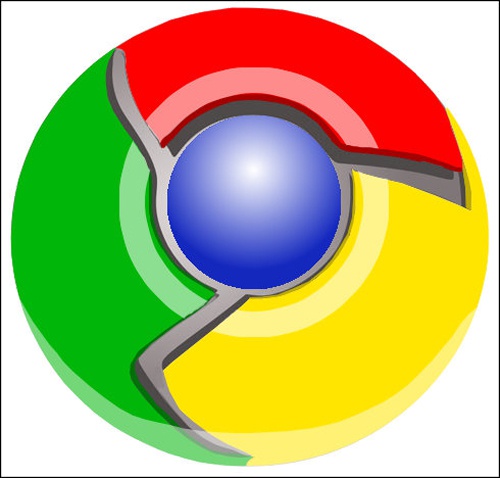You will need
- computers, browsers, Internet Exploer, Opera, Mozilla Firefox
Instruction
1
If you use the oldest and most well-known Internet Explorer to save a web document to the hard drive in the main menu choose "File" then "Save as". In the window "file Type" to expand a list of file types that the browser supports. If you select "Web page, completely (*.htm, *.html)", on your hard disk will be saved text created using table HTML markup. If the page contained images, they are saved in a separate folder.
2
The next item in the list is "Web archive, single file (*.mht)". In this case the whole page is saved to hard disk as a whole, along with text, images and scripts, into a single compact file. Opening on the hard disk document format .mht, you will see the page exactly as it looked online where you first met.
3
The choice of "Web page, html only (*.htm, *.html) means that the hard drive stores text marked up in HTML and maybe some images.
And finally, the "Text file (*.txt) will save information to the hard drive in a text document format .txt.
And finally, the "Text file (*.txt) will save information to the hard drive in a text document format .txt.
4
The Opera browser offers to save information to the hard disk in the following formats:
- HTML file
- HTML file with images
- Web archive (single file)
- A text file
These formats are similar to those that uses Internet Exploer.
- HTML file
- HTML file with images
- Web archive (single file)
- A text file
These formats are similar to those that uses Internet Exploer.
5
If you want to save to hard drive click the right mouse button. In the context menu choose "Save image as..." then specify a location on your computer where you will store the image file.
6
In order to save on hard disk information from other media, double-click the icon "My computer", then on the logical drive, open the folder in which you want to place the file. In the upper right corner click on the icon of two screens to collapse a folder in the window. Open the media (optical disk, flash drive, etc.), which contains information and also return it. Mesh right-click the file icon and hold, drag it to the desired folder. Release and from the context menu select "Copy" or "Move".
Note
Keep in mind that only IE and Opera know how to save and open files *.mht. In order to open web archives with Firefox browser, it is necessary to add the plugin UnMHT.

